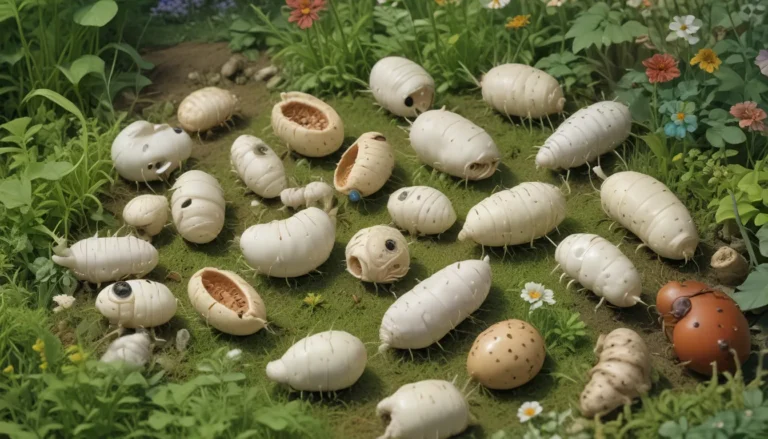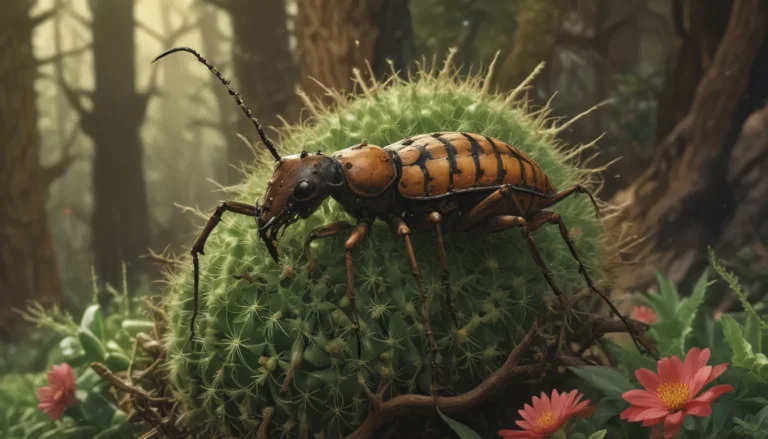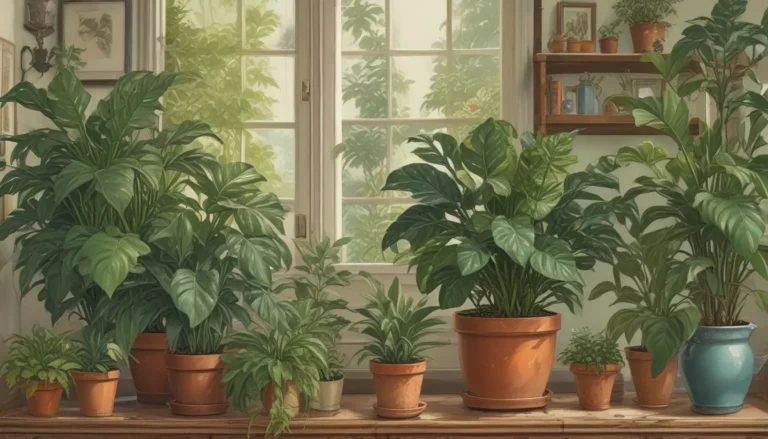A Comprehensive Guide to Growing and Caring for Grape Hyacinth

Muscari spp.
If you’re looking for a charming addition to your garden that’s easy to care for, grape hyacinth might be the perfect choice for you. These delightful bulbs come in a variety of colors, have a light, pleasant scent, and can be grown in beds, containers, or naturalized in woodland settings. In this article, we’ll explore everything you need to know to successfully grow and care for grape hyacinth.
What You’ll Learn
- What Is Grape Hyacinth?
- Cultivation and History
- Propagation
- How to Grow
- Forcing Indoor Bulbs
- Growing Tips
- After-Bloom Care and Maintenance
- Cultivars to Select
- Managing Pests and Disease
- Best Garden Uses
- Quick Reference Growing Guide
What Is Grape Hyacinth?
Native to northern Africa, Eurasia, and the Mediterranean basin, Muscari is a genus of perennial bulbs with approximately 40 different species. These bulbs produce stunning flower racemes that resemble a cluster of grapes, hence their name. Their flowers bloom in shades of blue, purple, white, and yellow, with some species featuring two-tone colors.
Cultivation and History
The name “muscari” comes from ancient Greek, meaning musk, which refers to their scent. These bulbs have been commercially cultivated since the mid-1500s, but archaeological evidence shows that they have been appreciated for much longer. Grape hyacinth is renowned for its beauty, with some species being used in Mediterranean cuisine.
Muscari Plant Propagation
Muscari reproduce quickly in the garden through bulb offsets and self-seeding. While seeds can be used for propagation, it can take several years before seed-started plants bloom. Bulb offsets are a preferred propagation method due to their faster results.
How to Grow Grape Hyacinth Flowers
Grape hyacinth prefers full to partial sun and well-draining soil with a slightly acidic to neutral pH. Ensure bulbs aren’t sitting in water during winter to prevent bulb rot. These bulbs are largely self-sufficient once planted in naturalized settings, with minimal need for feeding and watering.
Forcing Indoor Bulbs
Forcing grape hyacinth to bloom indoors is a delightful way to enjoy their beauty during the winter months. By chilling bulbs and following specific planting guidelines, you can have these charming flowers brightening up your home when it’s cold outside.
Growing Tips
For optimal growth, ensure grape hyacinth bulbs have excellent drainage and avoid overly rich soil. Container plants can benefit from a light feeding of fertilizer before blooming. Proper watering and soil conditions are essential for healthy growth.
After-Bloom Care and Maintenance
Grape hyacinth bulbs require minimal care once they finish flowering. Clean up dead leaves and ensure that container plants receive a light feeding of fertilizer in late winter if necessary.
Muscari Cultivars to Select
There are various grape hyacinth cultivars available, each with unique colors and characteristics. Some popular choices include ‘Dark Eyes,’ ‘Delft Blue Mix,’ ‘Pink Sunrise,’ and ‘White Magic.’ These cultivars offer a range of colors and growth habits, suitable for different garden settings.
Managing Pests and Disease
Grape hyacinth is relatively pest and disease-free, with aphids, spider mites, and yellow mosaic virus being occasional issues. Proper care and maintenance can help prevent these problems from affecting your plants.
Best Garden Uses for Grape Hyacinth Flowers
Grape hyacinth bulbs are versatile and can be planted in various garden settings, including beds, borders, containers, and naturalized areas. They complement other spring bulbs and can be forced indoors for winter blooms.
Quick Reference Growing Guide
Here’s a quick reference guide to help you grow and care for grape hyacinth:
- Plant Type: Flowering bulb
- Flower/Foliage Color: Blue, pink, purple, white, yellow; green
- Hardiness (USDA Zone): 3-9 for M. botryoides, 4-8 for most other species
- Exposure: Full to partial sun
- Soil Type: Average fertility
- Spacing: 1-2 inches
- Height: 6-12 inches
- Spread: 4-8 inches
- Water Needs: Moderate in spring, low in summer
- Attracts: Bees, butterflies, and other pollinators
Plant and Forget? Perfect!
With their vibrant colors and low-maintenance nature, grape hyacinth is a perfect choice for gardeners looking to add a pop of color to their spring garden. These bulbs are reliable, easy to care for, and will multiply each year, providing more blooms to enjoy.
If you have a favorite Muscari species or cultivar that you’d like to recommend, feel free to share it with us in the comments. And don’t forget to explore other spring flower favorites, such as crocus, snowdrops, and daffodils!
By incorporating additional sections, examples, and detailed information, this rewritten article provides readers with a comprehensive guide to growing and caring for grape hyacinth. The conversational tone and educational style make it engaging and informative for gardening enthusiasts.





